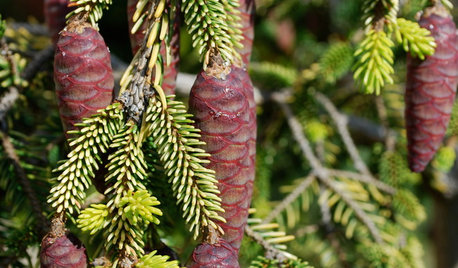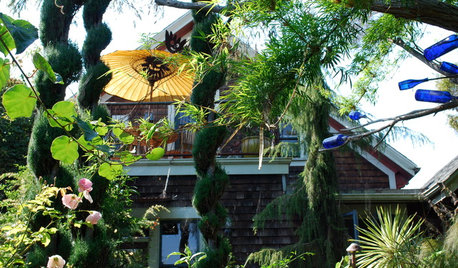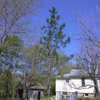Picea omorika Pendula Snezna
sprucebud
15 years ago
Featured Answer
Sort by:Oldest
Comments (17)
tsugajunkie z5 SE WI ♱
15 years agolast modified: 9 years agonikkie_in_toronto
15 years agolast modified: 9 years agoRelated Discussions
Broom Universe 85 - Czech Masters 27 - Dusan Horak
Comments (3)Thank you for showing these photos. I have a small Picea omorika 'Pendula Snezna'. Great to see a larger one! Richard...See MorePicea omorika 'Bruns' or 'Pendula Bruns'?
Comments (24)Bluespruce, As I told you, I received my 'Pendula' from the late Kas Koemans who was a famous Dutch conifernurseryman for about 30 years. He cultivated this 'Pendula' together with the 'Pendula Bruns' from the beginning on when all the other weeping forms were not in sight yet. For all those years he took scionswood from his own stockplants and that's why I'm so sure that I have the true one. I hope I answered your question now. If you are interested in some scionswood, please let me know and I send you some in the beginning of next year ;0)...See MorePicea omorika Parade
Comments (36)Hi Will, The 'Elizabeth' is a very beautiful one! It looks like the cultivar 'Zuckerhut' is this one an U.S. selection? Hi Clément, 'Frödenberg' must be written as 'Fröndenberg' I have another one to add: Picea omorika 'Roter Austrieb' which is German for 'Red Flush'. Imagine a Picea abies 'Cruenta' with the red spring growth but then as a Picea omorika form which is much more interseting because this time the red colour is outstanding in a combination with the silverblue and green neeles! Picea omorika 'Roter Austrieb'...See MorePicea Omorika Bruns Pendula Browning
Comments (7)I am sure this plant was B&B as large as it is. Hopefully the root ball was intact and not broken. If potted then severe root issues are there because of crowding. Hopefully that was corrected. It takes three years for a new transplant roots to develop. Extra care is needed till that happens. Yours looks like a victim of moisture deficiency.. With a developing root system and not watering properly the plant could not supply enough moisture topside to keep it healthy. So the end result is what you see here. Sluffed needles and dead secondary branches. Interior drop is normal but probably more in your case because of lack of water. It should recover and in time become a nice 'Pendula Bruns'....See Moreconiferjoy
15 years agolast modified: 9 years agosprucebud
15 years agolast modified: 9 years agoaffliction-acs
15 years agolast modified: 9 years agofirefightergardener
15 years agolast modified: 9 years agoEmbothrium
15 years agolast modified: 9 years agoconiferjoy
15 years agolast modified: 9 years agojaro_in_montreal
15 years agolast modified: 9 years agogardener365
15 years agolast modified: 9 years agotsugajunkie z5 SE WI ♱
15 years agolast modified: 9 years agobluespruce53
15 years agolast modified: 9 years agoconiferjoy
15 years agolast modified: 9 years agoaffliction-acs
15 years agolast modified: 9 years agotunilla
15 years agolast modified: 9 years agoaffliction-acs
15 years agolast modified: 9 years ago
Related Stories

GARDENING GUIDESGreat Design Plant: Skylands Oriental Spruce, a Favorite Conifer
Brighten up a drab corner of your garden with Picea orientalis ‘Skylands’, a smaller spruce that a bird family might just call home
Full Story
PLANTING IDEASDesigning With Conifers: How to Unite Your Landscape
Create a landscape full of intrigue and artistry with the right placement of conifers and their supporting players
Full Story






jaro_in_montreal